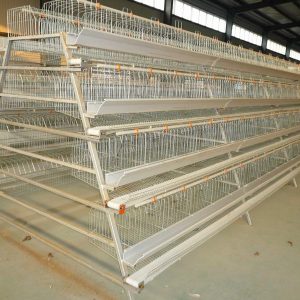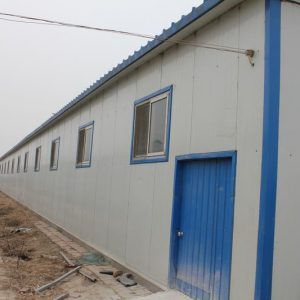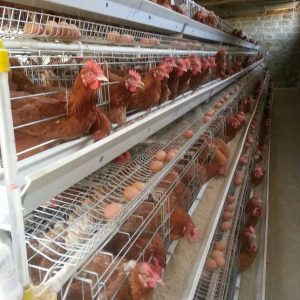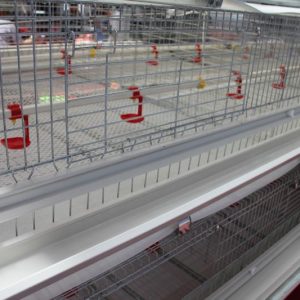
Precautions for feeding layer hens in autumn
Drinking water must be cut off for the chickens for 24 hours, and egg production will be reduced by 30%. It will take 25 to 30 days for the chickens to return to normal. If the chickens are cut off for 36 hours, the egg production cannot be restored to the original level. Some chickens stopped laying eggs, resulting in moulting. Therefore, sufficient drinking water must be supplied in time.
Scientific feeding time and frequency In order to maintain the chicken’s strong appetite, there must be a certain slotting time every day to avoid the long-term storage of feed in the feeder, which will cause the chickens to have anorexia and picky eating habits.
Feeding some health care sand in appropriate amounts, whether it is a breeder or a commercial layer, should always be fed grit, especially for caged chickens. The size of the gravel should be moderate, preferably 4-5 mm in diameter. Generally, flat chickens can be placed in a sand trough, and caged chickens can be mixed in feed at a rate of 0.5%.
Prevent feed mildew In the general feed formula, energy can meet its needs, other ingredients such as vitamins will appear insufficient, especially fat-soluble vitamins. The vitamin content of corn is generally lower than that of fresh corn. If improper management causes mildew, it will lead to insufficient fat-soluble vitamins for laying hens, which will seriously affect the performance of laying hens.
Chickens are naturally sensitive to mycotoxins, and the low toxin content in the feed will cause a large number of deaths. Mycotoxins damage the body’s immune system and reduce the immune response. The impact on laying hens is mainly manifested as decreased immunity and poor vaccine immunity; atrophy of the ovary and fallopian tubes, decreased egg production, and malformed eggs; reduced feed intake and production performance Decreased, reduced feed remuneration; hatching rate of breeding eggs decreased. Different mycotoxins have different hazards to laying hens. Among the already known mycotoxins, ergot toxin, trichothecenes, fumonisin, and zearalenone have a greater impact and toxicity on laying hens. , Aflatoxin and ochratoxin.



